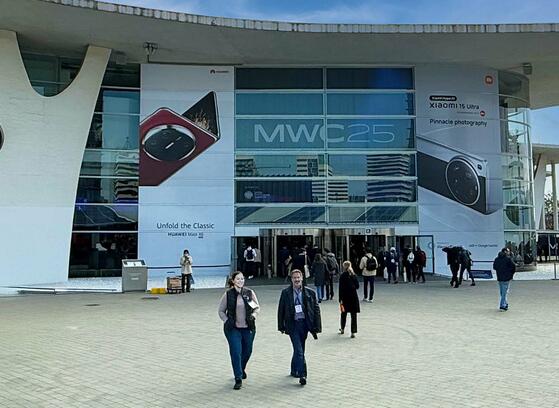In this month's roundup of industry news, issues and updates, we feature articles about public safety LTE, 5G, distributed antenna systems (DAS) and mobile infrastructure collaboration in the Middle East and Africa (MEA). Enjoy!
LTEWorld: Public Safety LTE Market Drivers 2014: Why Public Safety LTE and Why Now? — March 10th
For many years, land mobile radio (LMR) systems have supported mission-critical voice and low-bandwidth data applications. However, recently, public safety communications service providers (CSPs) have begun to migrate their networks to LTE because of the mobile network technology's ability to offer high-speed data and support multimedia applications. Mind Commerce predicts that public safety LTE subscriptions will reach more than 994,000 by the end of 2014. Looking further into the future, the next migration of public safety communications will likely be to LTE-Advanced in order to support roaming between LMR and LTE networks.
TechDirt: '5G' Wireless Doesn't Even Technically Exist Yet, But Everyone's Pretty Sure It's Going To Fix Everything — March 17th
The next next-generation wireless standard, 5G, has been a common topic of discussion recently. Though it is still in the research phase, the telecom industry is confident it will have a lasting impression. The technology will most likely not appear until 2020, but already, South Korea has spent $1.5 billion USD in research, and regional carriers such as Samsung are already starting to give 5G some attention. It is being claimed that the technology will provide speeds that are 1,000 times faster than what is available today.
TelecomAsia: Infographic: Tackling the data deluge indoors — March 17th
According to CommScope, 80 percent of mobile data usage occurs inside; however, only two percent of indoor real estate is covered by in-building wireless systems currently. This lack of network coverage is important to note, especially since 90 percent of companies will support bring-your-own-device (BYOD) policies for employees in 2014. Three factors–namely, multiple operators in urban regions, technologies ranging from 2G to Wi-Fi and different frequency bands–contribute to why this dearth exists. Distributed antenna systems (DAS) will help improve network coverage in indoor locations such as hi-rise office and residential and light industrial buildings by 2023, covering 100 million individual sites.
Telecoms.com: Middle East and African Operators to Collaborate on Infrastructure Sharing — March 18th
Ten mobile operators across MEA are cooperating to lower the cost of mobile and Internet services and increase mobile subscriber penetration (currently only at 40 percent) in the region. By sharing network infrastructure, they hope to primarily target rural, undeveloped areas with mobile broadband access.
If you're interested in discussing these topics with us, I invite you to leave a comment below or connect with us on our other social media channels, including Twitter, LinkedIn and Google+.










